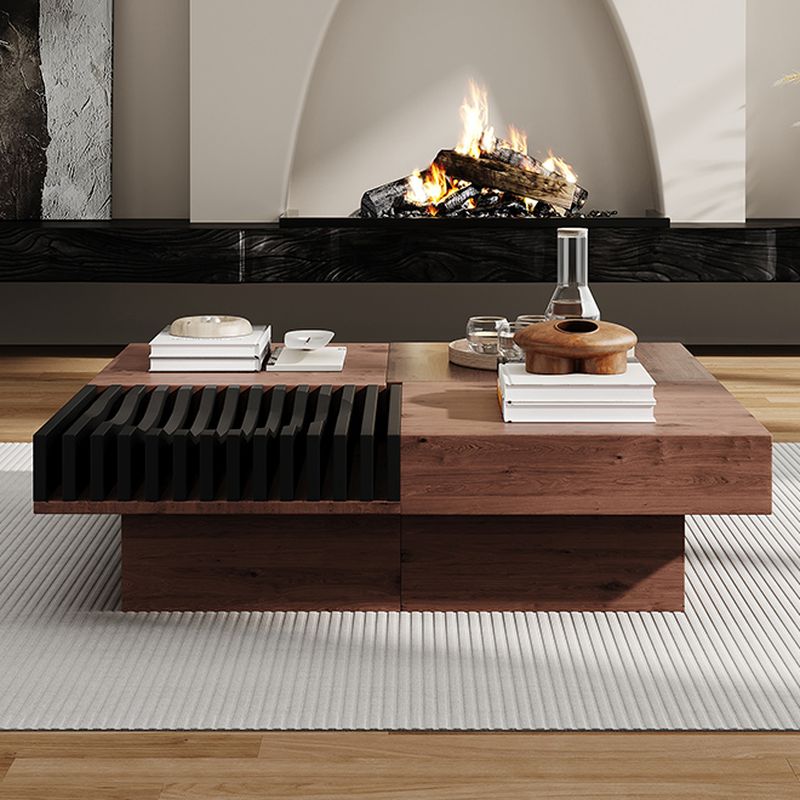Your basket is currently empty!
How to Style a Coffee Table


Coffee tables are more than just practical surfaces; they are focal points in a living room. They bring the room together, combining functionality with aesthetics. Whether your space is minimalist, contemporary, industrial or classic, a well-styled coffee table with good decorations can really make an impact to your home’s atmosphere. In this guide, we’ll explore timeless styling tips and delve into ideas inspired by specific design movements.
Balance Proportions
Start by considering the size and shape of your coffee table in relation to your room. A large table in a small space can feel overwhelming, while a tiny table in a spacious room might go unnoticed. Aim for harmony by layering objects of varying heights and scales.
Work in Layers
Create visual interest by combining items with different textures and levels. Stack books, add a vase of fresh flowers or a sculptural object, and include smaller accents like candles or coasters.
Follow the Rule of Three
Group items in odd numbers for a natural and pleasing arrangement. This classic design principle avoids the symmetry that can sometimes feel too rigid.
Introduce Natural Elements
Incorporating organic touches like greenery or natural stones adds warmth and a grounding element to your arrangement.

Inspired by functionality and simplicity, Bauhaus-style coffee table focus on clean lines and geometric forms. Consider metal or glass accents, and keep the decor minimal with items like a sleek ashtray or a geometric vase.
Go for warm woods, retro-inspired ceramics, and pops of color. A brass bowl, vintage books, or a funky sculpture can perfectly capture this movement’s charm.
Highlight simplicity and coziness by combining soft textures with neutral colour tones like white, beige and grey. A white ceramic vase, sculpture , wooden candlesticks, and a plush throw folded nearby work seamlessly for a hygge look. Try to incorporate organic items.
Focus on the now by embracing bold, statement pieces like a striking coffee table book or a modern sculpture. Use a palette of muted tones accented by one or two vibrant hues.
Minimalist coffee table styling is all about restraint. Stick to essentials—a single vase, notepad, a candle, or a curated book. Too space cluter will have a negative impact on the overall design.
These offer a softer look, ideal for smaller or cozier spaces. Use a round tray to anchor your items, ensuring nothing feels like it’s spilling off the edges. Keep proportions in check by choosing low-profile decorations.
Divide the surface into quadrants for an organized appearance. Dedicate one section to books, another to a decorative box, and the others to a mix of vases or candles. The symmetry naturally complements the table’s shape.
The elongated surface offers room for more elements but requires balance. Place items in threes or fives along the length to prevent overcrowding. For example, a large tray, a tall floral arrangement, and a stack of books work well.
Abstract or Irregular Shapes
Coffee tables in abstract shapes are beautiful. We recommend using lightweight decorations such as candle sticks or books that follow the table’s curves or angles. Multiple small items as opposed to one heavy piece keeps the surface dynamic.

Coffee tables are generally not universal. Some look great in apartments and some don’t. Make sure that the coffee table you buy fits the wider design atmosphere of the living room, incorporate personal touches like a unique memento from your travels, a family album, or an heirloom vase. Layering decorative items across the table will turn it from a bland piece of a furniture to a canvas of self-expression.
A beautifully styled coffee table is both functional and reflective of your design preferences. By focusing on proportions, layers, and thoughtful curation, you can transform this everyday surface into a striking centerpiece. Whether you draw inspiration from iconic design movements or adapt the styling to the table’s shape, the key is to create a setup that feels uniquely yours.